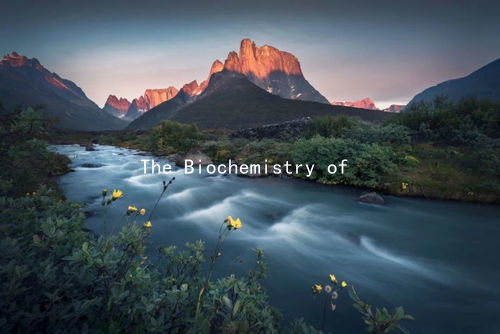The Biochemistry of Romance: Leveraging Science to Deepen Connection
The Biochemistry of Romance: Leveraging Science to Deepen Connection
In the realm of love and relationships, chemistry transcends its elemental definition. The biochemistry of romance involves a complex interplay of hormones, neurotransmitters, and emotional bonding that can either foster a lasting connection or lead to misunderstandings. Understanding these scientific principles can empower individuals with strategies to nurture their romantic lives.
At the core of romantic attraction lies a cocktail of chemicals, notably dopamine, oxytocin, and serotonin. Dopamine, the feel-good neurotransmitter, plays a crucial role during the initial stages of attraction. When you meet someone special, dopamine levels spike, resulting in feelings of euphoria and excitement. This is often why love can feel like a whirlwind; elevated dopamine levels create an intense desire to be around the other person.
To leverage this knowledge, couples can engage in activities that boost dopamine production. Shared experiences, such as trying new activities together or going on spontaneous adventures, can reignite that euphoric feeling of love. The novelty and excitement stimulate dopamine release, helping to maintain a vibrant connection.
As relationships evolve, oxytocin, often dubbed the love hormone, becomes increasingly important. Released during physical touch, such as hugging, cuddling, or intimate moments, oxytocin strengthens emotional bonds. It can also provide feelings of security and trust, which are vital for long-term relationships. To enhance oxytocin levels, couples can prioritize physical affection; even simple gestures like holding hands or cozying up on the couch can significantly affect bonding.

However, the emotional aspect of love is not governed solely by biology. Communication plays a critical role in fostering a healthy relationship. Understanding how to express feelings accurately can minimize conflicts and deepen connections. Using I statements instead of you statements can help partners communicate their feelings without sounding accusatory. For example, saying I feel neglected when you don’t call rather than You never call promotes openness and understanding.
Additionally, cultivating gratitude toward your partner can positively impact relationship satisfaction. Studies have shown that expressing appreciation can increase oxytocin levels and strengthen emotional bonds. Regularly acknowledging the little things your partner does can foster a nurturing environment where both individuals feel valued and loved.
Another biochemical aspect of romance involves serotonin, which affects mood stability and overall happiness. Low serotonin levels can lead to feelings of anxiety and irritability, potentially straining a relationship. Couples can combat this through mutual support and shared laughter, as humor is a powerful mood enhancer. Engaging in playful banter or reminiscing about fond memories can help uplift serotonin levels and foster a more positive relationship dynamic.
Moreover, mindfulness and presence play crucial roles in enhancing connection. Practicing mindfulness together, whether through meditation or simply being present during conversations, can foster deeper connections as both partners feel seen and heard. This focused attention can boost the release of oxytocin, further deepening emotional bonds.
In conclusion, the science of romance offers invaluable insights into how we can foster deeper connections in our relationships. By understanding the biochemical underpinnings of attraction and emotional bonding, couples can engage in activities that enhance their connection and navigate the complexities of love. By prioritizing shared experiences, physical affection, effective communication, gratitude, humor, and mindfulness, partners can create an environment ripe for lasting love. In this dance of chemistry and emotion, the goal is not just to experience love but to cultivate a relationship that thrives on connection, growth, and mutual understanding.





